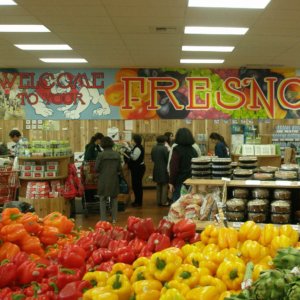Three Things Retailers Must Do To Compete
Customer satisfaction leads to customer loyalty. Here are three factors that are key.
Topics
What do shoppers care about?
“In retailing, customer loyalty cannot be achieved for long by keeping customer interactions online distinct and separate from those offline,” argue Rolph E. Anderson, Srinivasan Swaminathan and Rajiv Mehta in the Flynn in the Summer 2013 issue of MIT Sloan Management Review.
The authors note that many consumers go back and forth between online and offline retailers, looking at things in person in a store and then buying online, or visa versa.
In “How to Drive Customer Satisfaction,” the authors look at the challenge of building customer loyalty through the lens of a marketer: Anderson and Swaminathan are both professors of marketing at Drexel University, and Mehta is a professor of marketing at New Jersey Institute of Technology.
Anderson and Swaminathan conducted a survey and in-depth interviews about e-commerce with shoppers and executives, and identified six significant drivers of customer satisfaction in e-business. They say these drivers of customer satisfaction “may be relevant not only to e-businesses but elsewhere.”
Here are three of the six drivers that are especially relevant to retail operations:
1. Product assortment must be well curated.
“Customers are interested in a selection of products and services tailored to their lifestyles and personal preferences,” Anderson, Swaminathan and Mehta write. Too extensive a selection and a store risks being confusing, which can cause customers to put off or cancel a purchases. Too narrow and customers go ho-hum.
One company that the authors say gets it right: the grocery store chain Trader Joe’s. “In contrast to typical grocery stores, which may carry 50,000 items, a Trader Joe’s store typically has only about 4,000 items, which are selected to match the demographic and psychographic profiles of its customers.”
2. Transactions must be easy.
“Consumers respond positively when the purchasing process is simple, intuitive and user-friendly,” the authors note. “A brick-and-mortar store that doesn’t provide information and prices at product displays or one that tolerates long checkout lines may frustrate customers, causing many to abandon their shopping carts and leave the store.�


Comments (2)
Leslie Brokaw
Stephen Karel